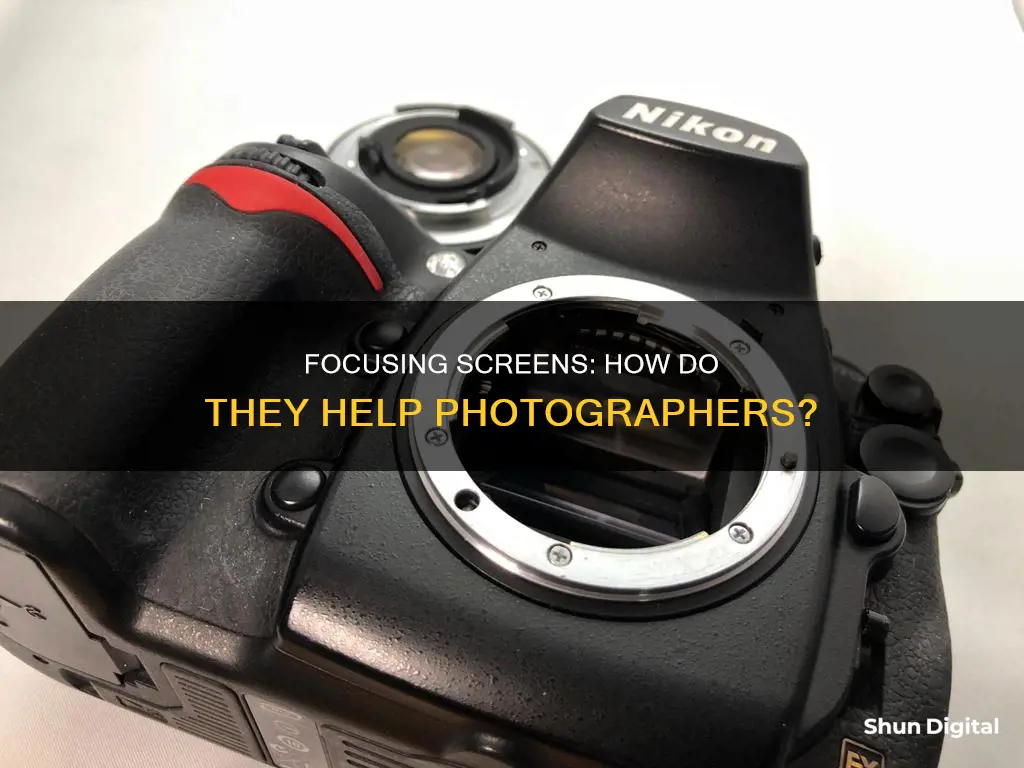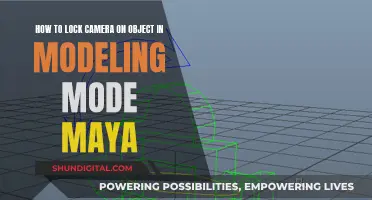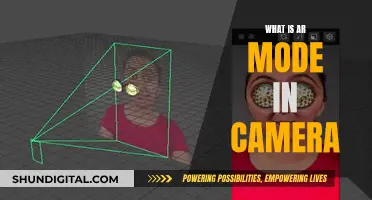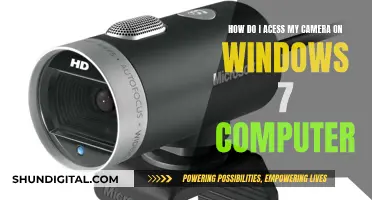
A focusing screen is a flat translucent material, usually made of ground glass or a Fresnel lens, found in system cameras. It allows the user to preview the framed image in a viewfinder. The mirror in a reflex camera projects the image onto the focus screen, which is then seen by the user through a pentaprism. The focusing screen is also engraved with designs such as focus points or a grid to help compose the image.
| Characteristics | Values |
|---|---|
| Material | Flat translucent material, either a ground glass or Fresnel lens |
| Use | Allows the user to preview the framed image in a viewfinder |
| Variants | Different etched markings for various purposes, e.g. a grid to keep the horizon straight in landscape photography |
| Compatibility | Not needed in modern mirrorless cameras; standard in non-autofocus 35 mm SLR cameras |
| Advantages | Aids focusing; interchangeable |
| Disadvantages | Prone to scratching; considerable light loss in prisms, making low-light focusing difficult |
What You'll Learn

A focusing screen is a flat translucent material
The history of the focusing screen is almost as long as the history of the camera itself. Some early cameras consisted of a box with a board holding the lens at the front and a focusing screen at the back, which was replaced by the imaging medium before taking the photograph.
Focusing screens are available in various types, with different etched markings for different purposes. For example, a focusing screen with a grid helps photographers keep the horizon straight when shooting landscapes. For low-light situations, a plain screen is used, and for architectural images and wide-angle lenses, a grid is etched onto the screen to control perspective distortion.
Focusing screens are also available with a split screen, which aids manual focusing by showing part of the image split into two pieces. When both pieces are aligned, the image is in focus. Another type of focusing screen is the microprism ring, which breaks up the image unless the lens setting is in focus.
Modern mirrorless cameras do not require a focusing screen, as they display what the image sensor sees on a flat-panel display or electronic viewfinder. However, professional cameras often offer a choice of interchangeable focusing screens, depending on the model.
The Evolution of Camera Phones: First Snapshot
You may want to see also

It's either a ground glass or Fresnel lens
A focusing screen is a flat translucent material, found in a system camera that allows the user to preview the framed image in a viewfinder. It is either a ground glass or a Fresnel lens.
The history of the focusing screen is almost as long as the history of the camera. Some primitive cameras consisted of a box with a board holding the lens at the front and a focusing screen at the back that was replaced by the imaging medium before taking the picture.
The Fresnel lens is a type of composite compact lens that reduces the amount of material required compared to a conventional lens by dividing the lens into a set of concentric annular sections. The design allows the construction of lenses of large aperture and short focal length without the mass and volume of material that would be required by a lens of conventional design. A Fresnel lens can be made much thinner than a comparable conventional lens, sometimes taking the form of a flat sheet.
Professional cameras give the photographer a choice of screens that are, depending on the camera model, more or less easy to replace. For low-light situations, the screen of choice is plain, for architectural images and very wide-angle lenses, the choice is one with a grid etched on it to control the perspective distortion, and for fast focusing, the split screen is the screen of choice.
Focus Stacking: Which Cameras Offer This Feature?
You may want to see also

It's found in a system camera
A focusing screen is a flat translucent material, either a ground glass or Fresnel lens, found in a system camera. It allows the user to preview the framed image in a viewfinder.
In a reflex camera, the focusing screen is a glass surface onto which the image is projected by the mirror. The user can see this by removing the lens and looking inside the body above the mirror. When looking into the viewfinder, the user sees the focusing glass through a prism that inverts the image.
Different types of cameras require different types of focusing screens. For example, cameras with interchangeable film formats (view cameras, field cameras, and some medium format cameras) usually have either plain or grid screens. This is because the size of the focusing screen means that the only focusing aid needed is a magnifying glass.
The most common type of focusing screen in non-autofocus 35mm SLR cameras is the split screen and microprism ring variation. This became standard in the 1980s. The microprism ring breaks up the image unless the lens is in focus, and the split screen shows the image split into two pieces. When both pieces are aligned, the setting is in focus. However, this method has the drawback of considerable light loss, making low-light focusing almost impossible.
Professional cameras often allow the photographer to choose from different types of focusing screens, depending on the model. For low-light situations, a plain screen is best, whereas, for architectural images and very wide-angle lenses, a grid etched onto the screen is preferable to control perspective distortion.
Understanding Camera's Antishake Mode: How It Works
You may want to see also

It allows users to preview the framed image in a viewfinder
A focusing screen is a flat, translucent material, either a ground glass or Fresnel lens, found in a system camera. It allows the user to preview the framed image in a viewfinder.
The viewfinder is the device you look through when taking a picture. It shows you what is in your frame, along with your settings and other helpful information. The viewfinder is what we use to compose an image.
The viewfinder gives you an accurate image, whether it is optical or electronic. It is much better than not having one. You can use the viewfinder not only to frame but also to direct your focus and metering values.
The focusing screen may be engraved with designs such as the focus points on a DSLR. On high-end cameras, it is possible to replace the focusing screen with one displaying a grid, allowing you to better compose the image.
For manual focus purposes, some focusing screens have a micro-prism in the centre, which splits the image when out of focus.
Keep Camera Batteries Warm for Winter Photography
You may want to see also

It's not needed in modern mirrorless cameras
A focusing screen is a flat translucent material, either a ground glass or Fresnel lens, found in a system camera that allows the user to preview the framed image in a viewfinder. Focusing screens are available in variants with different etched markings for various purposes. For example, a photographer can use a focusing screen with a grid to keep the horizon straight when shooting landscapes.
Modern mirrorless cameras do not need a focusing screen since they display what the image sensor sees on a flat-panel display or electronic viewfinder. In a mirrorless camera, light passes through the lens and directly onto the image sensor, which captures a preview of the image to display on the rear screen. Some models also offer a second screen via an electronic viewfinder (EVF) that can be held up to the eye for a better view when shooting in bright sunlight.
Focusing Analog Cameras: A Guide to Perfect Sharpness
You may want to see also
Frequently asked questions
A focusing screen is a flat translucent material, either a ground glass or Fresnel lens, found in a system camera that allows the user of the camera to preview the framed image in a viewfinder.
It is a glass surface on which the image is projected by the mirror. You can see it by removing the lens and looking inside the body above the mirror.
When the mirror is down, the lens image is projected onto the focus screen and you see this image via the pentaprism.







